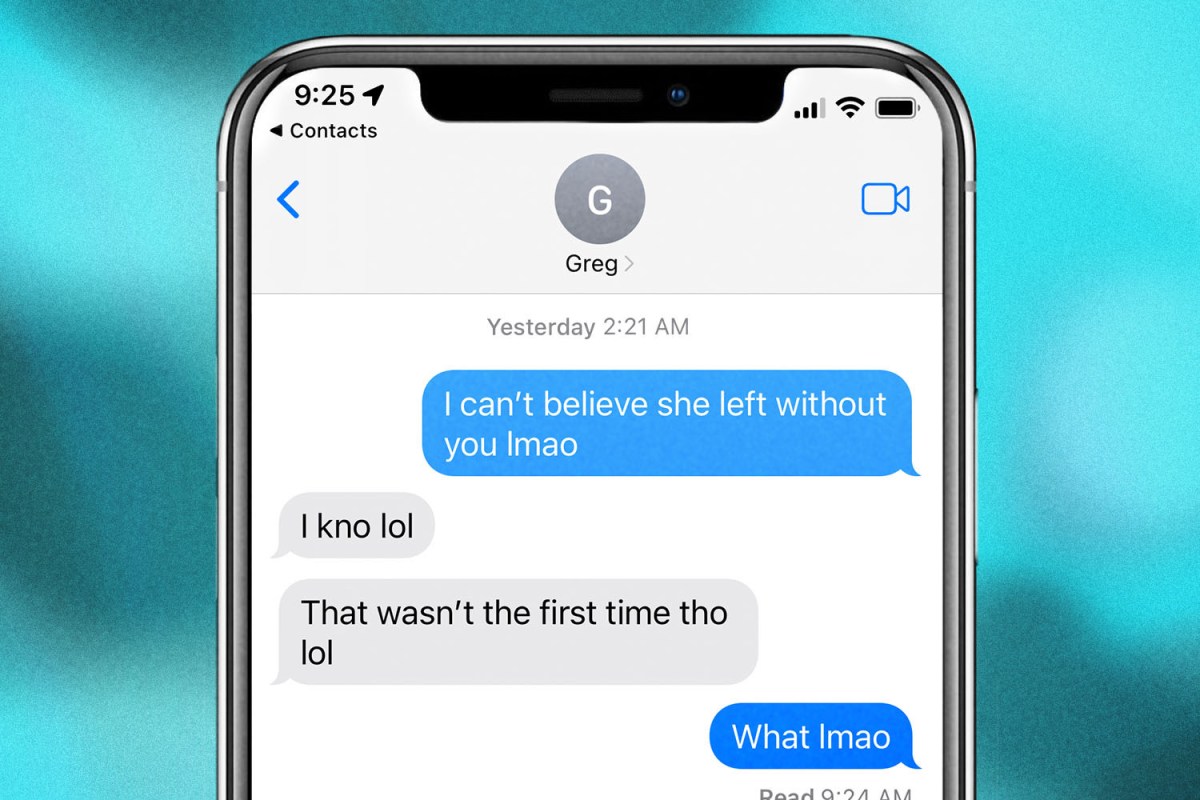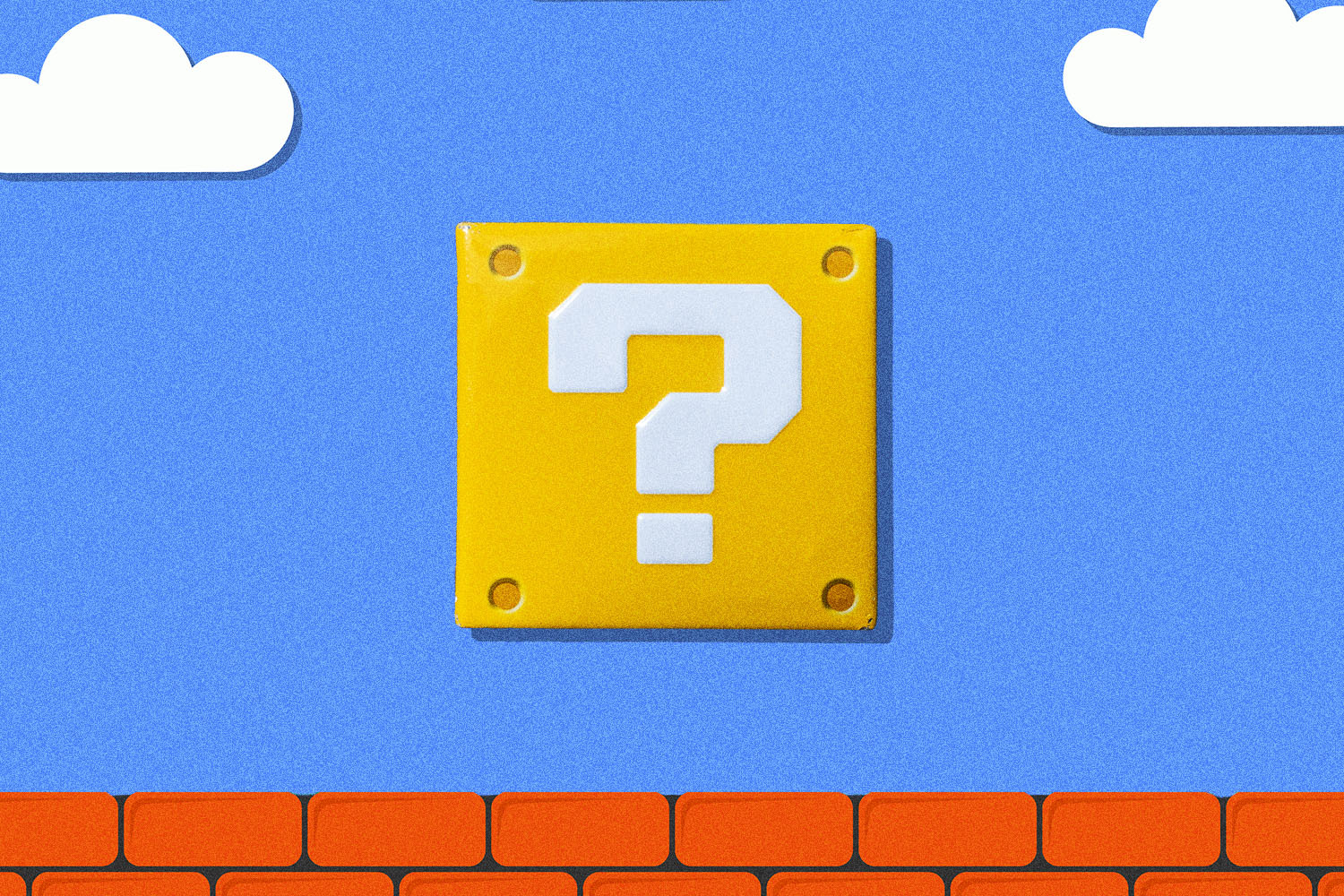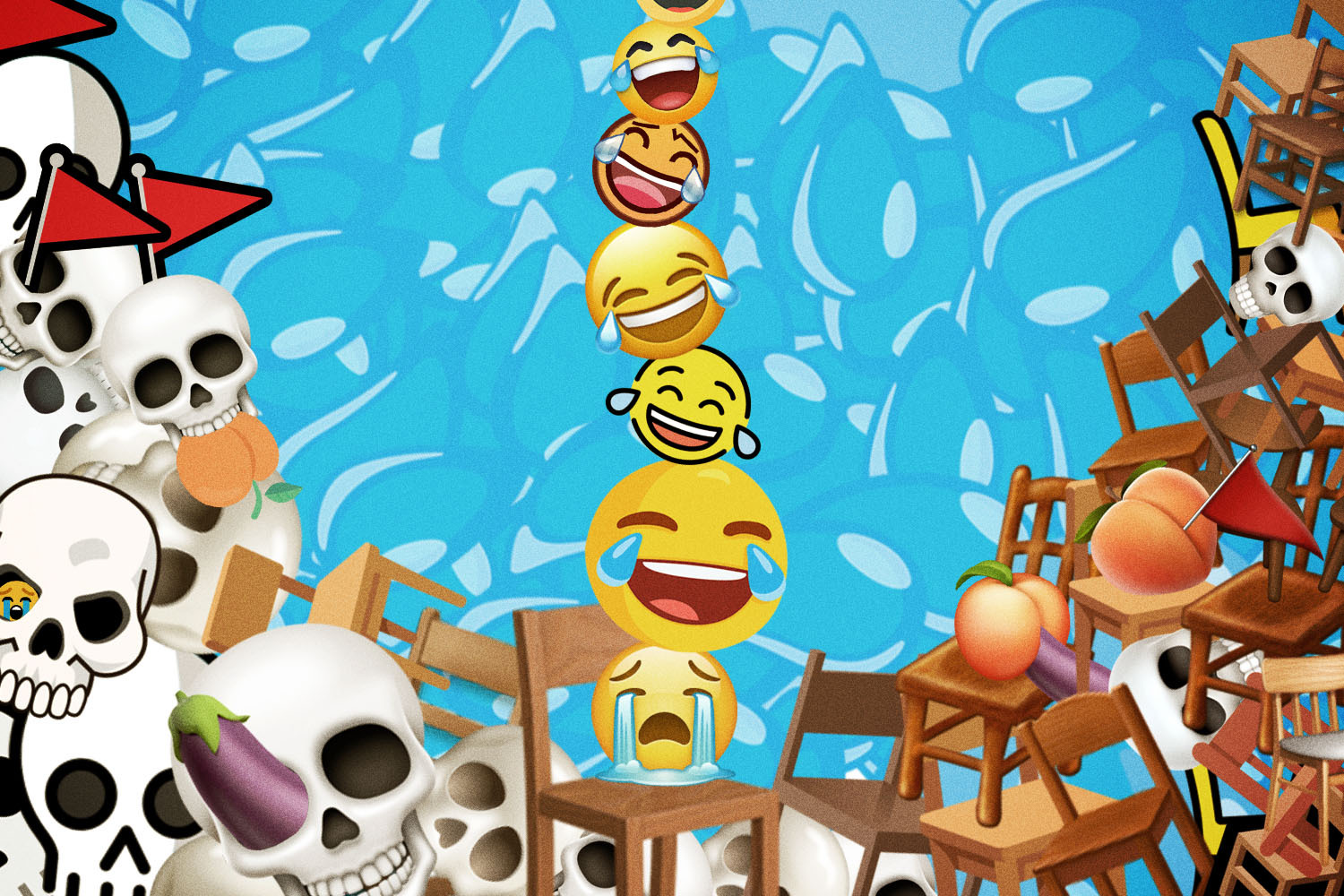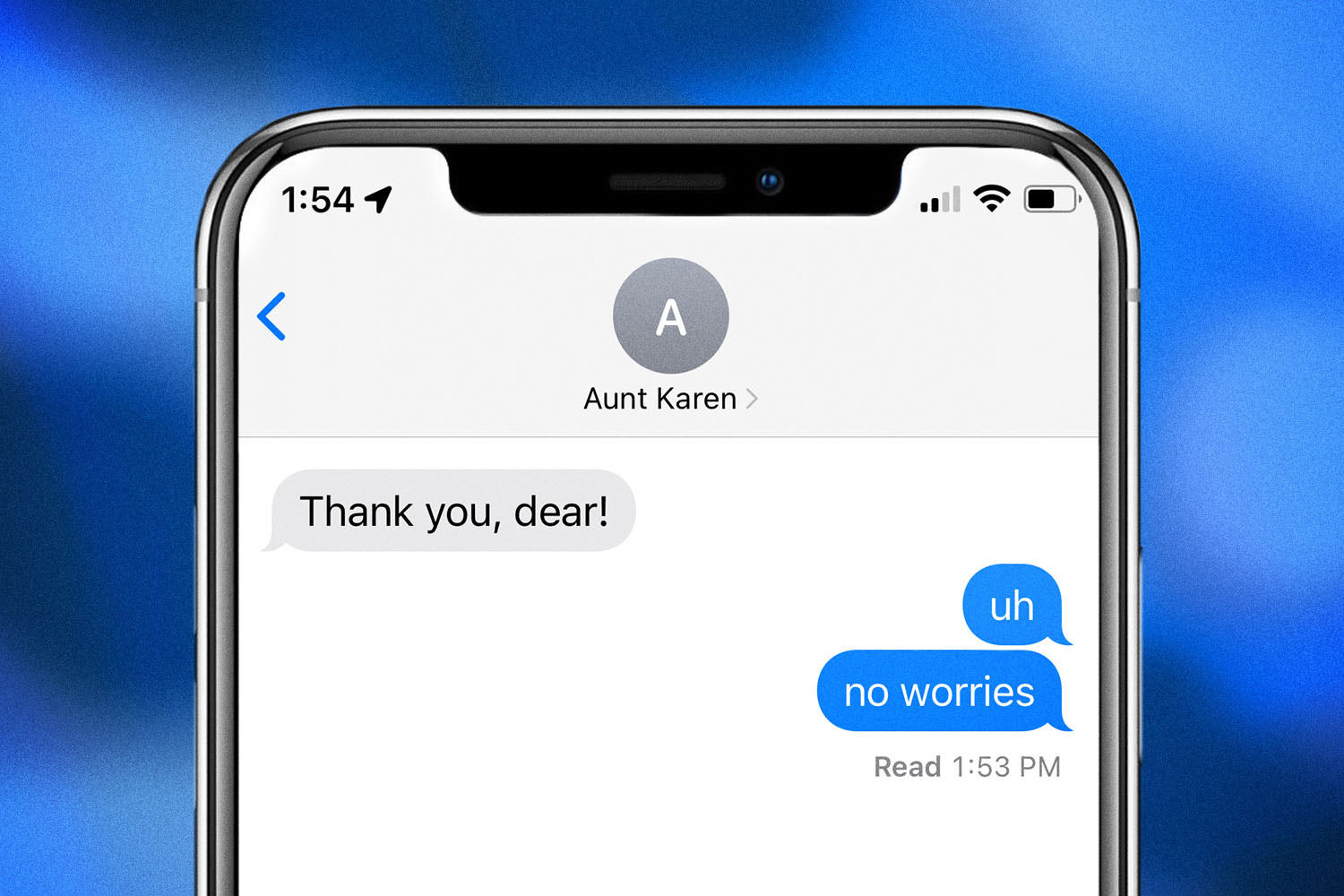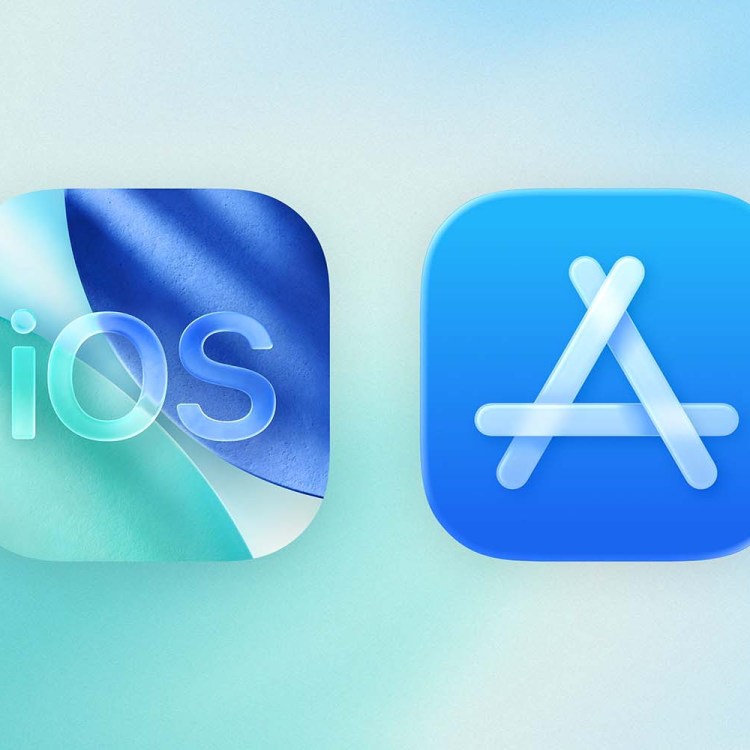When it comes to my texting style, three things are for certain: You won’t find me using punctuation, I will probably forget to text you back, and hours later when I finally remember, nine out of ten times that text will have a “lol” or “lmao” tacked onto the end of it.
In December, a viral tweet forced me to think about that last little texting habit of mine. Twitter user @raunchonpizza pointed out the new way we use these two acronyms: “‘lol’ and ‘lmao’ are actually both punctuation marks.”
I’ve noticed within the past few months that adding a lol (laughing out loud) or lmao (laughing my ass off) to the end of my messages has become almost instinctive, and the same is true for most of the people I text. Taking a scroll back through recent group chat messages and text threads with friends, I’ve found innumerable instances where we overuse the two acronyms — especially on texts that aren’t reacting to or implying anything particularly laugh-out-loud hilarious.
That’s because lol and lmao have evolved, and are now predominantly used as tone indicators, explains John Kelly, the Associate Director of Content and Education at Dictionary.com.
As we increasingly spend our lives online and communicate largely through digital messages, the paralinguistic functions we use IRL to convey emotion, tone and nuance — i.e. body language, gesturing, facial expressions — gets lost in our texts, emails, Slack messages and tweets. So we have to rely on different things to do that, like emojis and text acronyms.
So what are we trying to communicate when we sign off our text messages with a lol? It’s not because we’re literally laughing out loud; rather, we’re using this lowly little acronym to try and soften the tone of our messages.
“Lol specifically does a number of emotional jobs outside of its literal meaning that frequently has nothing to do with laughter or hilarity. It can play something down. It can show politeness. It can soften a message. It can express empathy. It can show deference. It can build cooperation. It helps make digital messages feel more polite,” says Kelly.
As we’ve discussed before, punctuation can be scary. It’s something younger generations, in particular, actively avoid. When speaking with Gretchen McCulloch, linguist and author of Because Internet: Understanding the New Rules of Language, last summer, she explained when instant messaging, a period is typically used to add a note of finality, seriousness or gravitas.
“In digital communication, a period, the punctuation mark of a period, is widely seen as aggressive or passive-aggressive,” adds Kelly. “Exclamation points often get criticized now for their overuse. So maybe lol is coming back into the scene to help us soften our messages because the tone of a message matters so much when we’re trying to do something in communicating.”
It seems we try really, really hard to not come off as rude or combative over text (unless it’s intentional). Adding that lol or lmao is like implementing a safeguard for miscommunication. However, you’ll still see these two acronyms used when expressing hilarity, but in a more ironic sense.
For instance, two years ago when I got unexpectedly dumped, I broke the news to friends by texting them: “I just got broken up with lmao.” I was trying to communicate how I found the surprise situation comical but in a pathetic, of-course-this-is-happening-to-me way — similar to how you might send a depressing article about climate change or the pandemic or current abysmal state of the world with a sarcastic lol attached. Obviously, you don’t find joy or amusement in the news but when you need something to succinctly express how fucked up everything is, a dry lol or lmao often suffices.
Why lol and why now?
While the texting acronym was added to the Oxford English Dictionary in 2011, the origin of lol can be traced back to the 1980s. Since then, it’s become one of, if not the most, enduring text acronyms we have.
“I think [lol is] one of the most successful acronyms because it’s short. It has been around for a long time. It’s about humor and humor is very important for us managing our relationships. There are loads of internet acronyms out there. Not all of them are successful,” says Kelly. “We gravitated towards lol because it’s available. It’s multifunctional. And most people know what it means.”
But even lol has gone through its own metamorphosis. For starters, it evolved from being written in all uppercase letters (LOL) to lowercase (lol), likely because our texting style has become more casual over time, and uppercase is intense, often associated with yelling. The acronym has also even experienced a period of decline.
“[Lol] originates in the 1980s. It spreads online in the early internet and in the early 2000s, becomes a full-fledged internet acronym. Then by the time we all had well-established lives online, it seemed kind of old-school, done, played, what parents think internet slang is about,” explains Kelly.
Then, send in the emojis. In 2011, Apple added an official emoji keyboard to iOS, and Android shortly followed several years later. We replaced our LOLs with teary-eyed emojis. But while the majority of us are still using the emoticons and pictograms in some capacity, Kelly argues, we might be feeling a bit exhausted by them right now, giving rise to lol’s comeback.
“There is kind of a moment right now where people seem a little bit over emoji,” he says, speculating that that lol might be more convenient to use because you can just type it and don’t have to go to an emoji keyboard. Or maybe even the ‘90s/Y2K aesthetic that’s so hot right now has something to do with its resurgence.
“Maybe emojis seem a little bit less cool than they used to. Maybe early internet has a little bit more cachet right now. The ’90s is very popular in fashion and lol is very ’90s. So perhaps there’s something there in terms of indicating what kind of group or subgroup you’re in,” Kelly says. “But I definitely think LOL is having a moment again, and it’s really neat to see.”
The inevitable decline and rebirth and decline of lol
Language, as we know, is constantly evolving, and tone indicators like lol and emojis go through their own life cycles, which as Kelly notes, are increasingly shorter online.
“It’s very quickly for them to become stale, to feel overused, to get overused to the point that their meaning goes away.”
The same will inevitably happen to lol. How we use it as a punctuation mark, to indicate a tone of cooperation, politeness, empathy or deference will get weaker — especially since we’re using it so frequently. What will replace it and when? Well, we don’t know.
“Ten years ago I might have thought we’re not going to be writing as much. We’ll be sending messages and we’ll be on video a lot. That hasn’t proven to be the case,” admits Kelly. “We’re seeing lol, which is super old-school internet slang doing that job now. So it’s hard to predict. We never know what direction language is going to go, but there’s one absolute constant. Change, it will.”
This article appeared in an InsideHook newsletter. Sign up for free to get more on travel, wellness, style, drinking, and culture.
